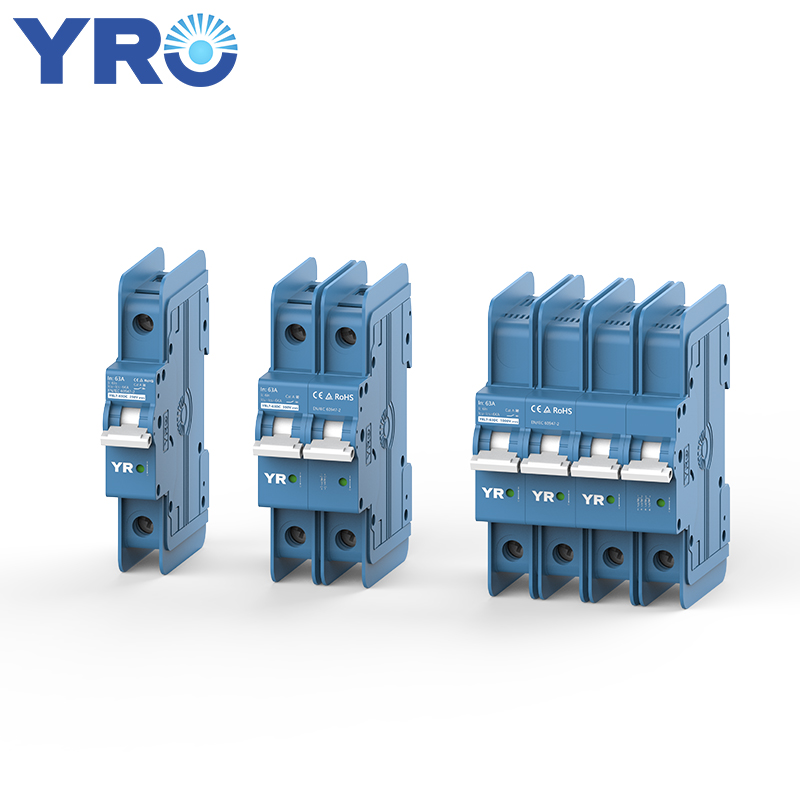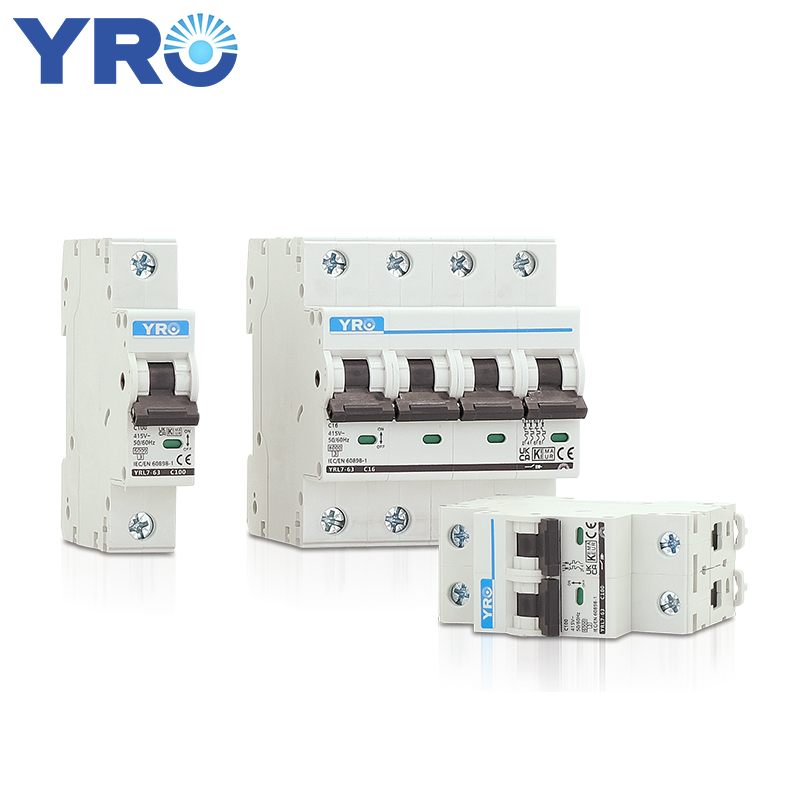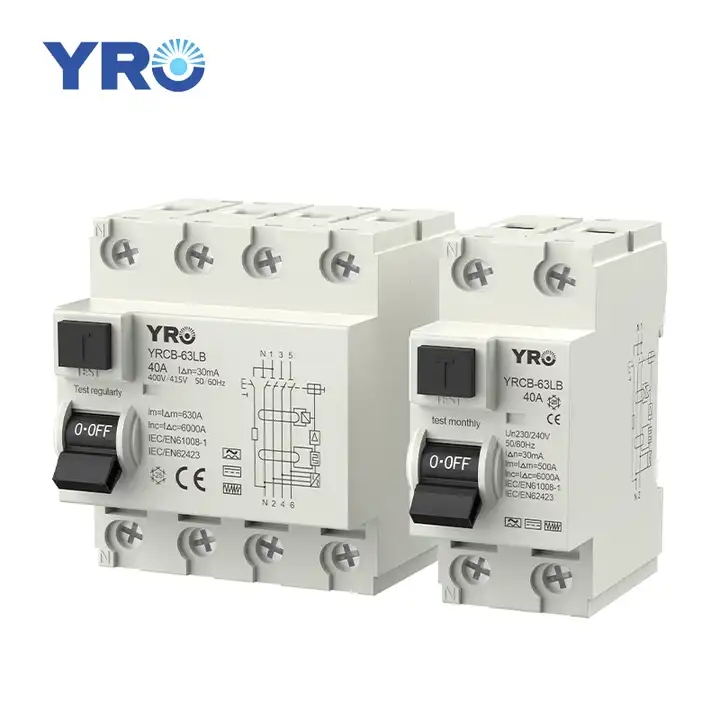Circuit breaker tripping is a common situation in electrical systems, which occurs when protective equipment detects an abnormality in the circuit. Understanding the reasons why circuit breakers trip due to overcurrent or overvoltage can help maintain the safety of household and industrial electricity usage and prevent potential electrical risks.
Before that, let’s first understand what overcurrent and overvoltage are.
Overcurrent
Let us use an example to understand what overcurrent is.
Suppose on a summer day, you are preparing food in the kitchen for a gathering. Initially, only the air conditioner is running. After the ingredients are ready, range hoods, ovens, microwave ovens, electric kettles, and other appliances gradually start operating. Before long, there is a sudden power outage. Upon checking the distribution box, you find that the circuit breaker has tripped.
Let us look at the reason for the tripping:
Air conditioner operating power is about 2000W, current (I) = power (P) / voltage (V) = 1500W / 120V ≈ 12.5A
Range hood power is about 300W, current = 300W / 120V = 2.5A
Oven power is about 1200W, current = 1200W / 120V = 10A
Microwave oven power is about 1000W, current = 1000W / 120V ≈ 8.3A
Electric kettle power is about 1800W, current = 1800W / 120V = 15A
Total current = 12.5A + 2.5A + 10A + 8.3A + 15A = 48.3A, while the circuit breaker’s rating is 20A. Since the actual current exceeds the rated value, the circuit breaker tripped for protection.
From this, we can understand that when the current exceeds the rated capacity of the circuit, overcurrent occurs.
Note: The above power and voltage values are for reference only; actual conditions shall prevail.
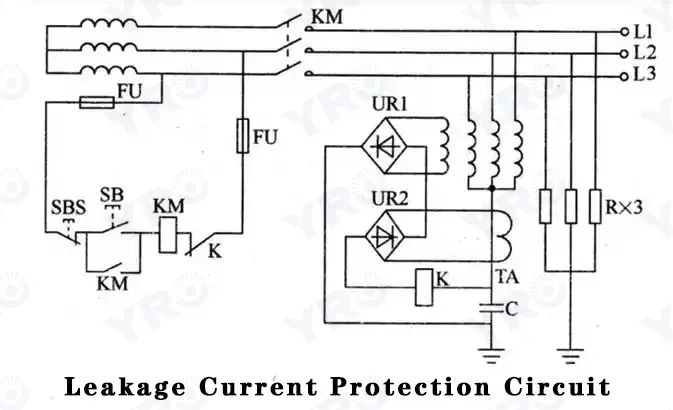 Common Causes of Overcurrent
Common Causes of Overcurrent
In addition to the overcurrent caused by excessive circuit load mentioned above, there are other situations that may lead to overcurrent:
- Electrical system aging: Over time, the aging of circuits will change the electrical characteristics
- Incorrect wire size: Wires that are too small for electrical loads may cause persistent overcurrent problems
- Electrical faults: such as short circuits, poor contact, aging equipment, etc.
Overvoltage
It should be made clear that overvoltage itself does not directly cause the circuit breaker to trip. Let’s illustrate with an example:
You were lying on the sofa watching TV when suddenly a clap of thunder rumbled, and immediately after, the power went out at home. I went to check the distribution box and found that the circuit breaker had tripped.
You might be puzzled. Wasn’t it said that overvoltage wouldn’t cause the circuit breaker to trip? Why did it trip here? Don’t worry. Keep reading.
Voltage exceeding the rated value of the circuit is the cause of overvoltage. When lightning strikes a circuit, it instantly generates high voltage. At this point, the surge protector starts to work, directing this huge amount of energy into the ground.
Under normal circumstances, these protective actions will be completed automatically and users usually won’t notice them. However, if a surge protector with mismatched parameters or poor quality is selected, a trip will occur.
This situation is usually because the surge protector cannot fully release all the energy. When the current exceeds the processing capacity of the surge protector and some energy is not effectively released, the residual current will continue to flow through the equipment or circuit, causing overload and the circuit breaker will act accordingly.
If a surge protector is not installed, the circuit breaker will not trip. Circuit breakers only serve to prevent overloading, overcurrent and short circuits in circuits.
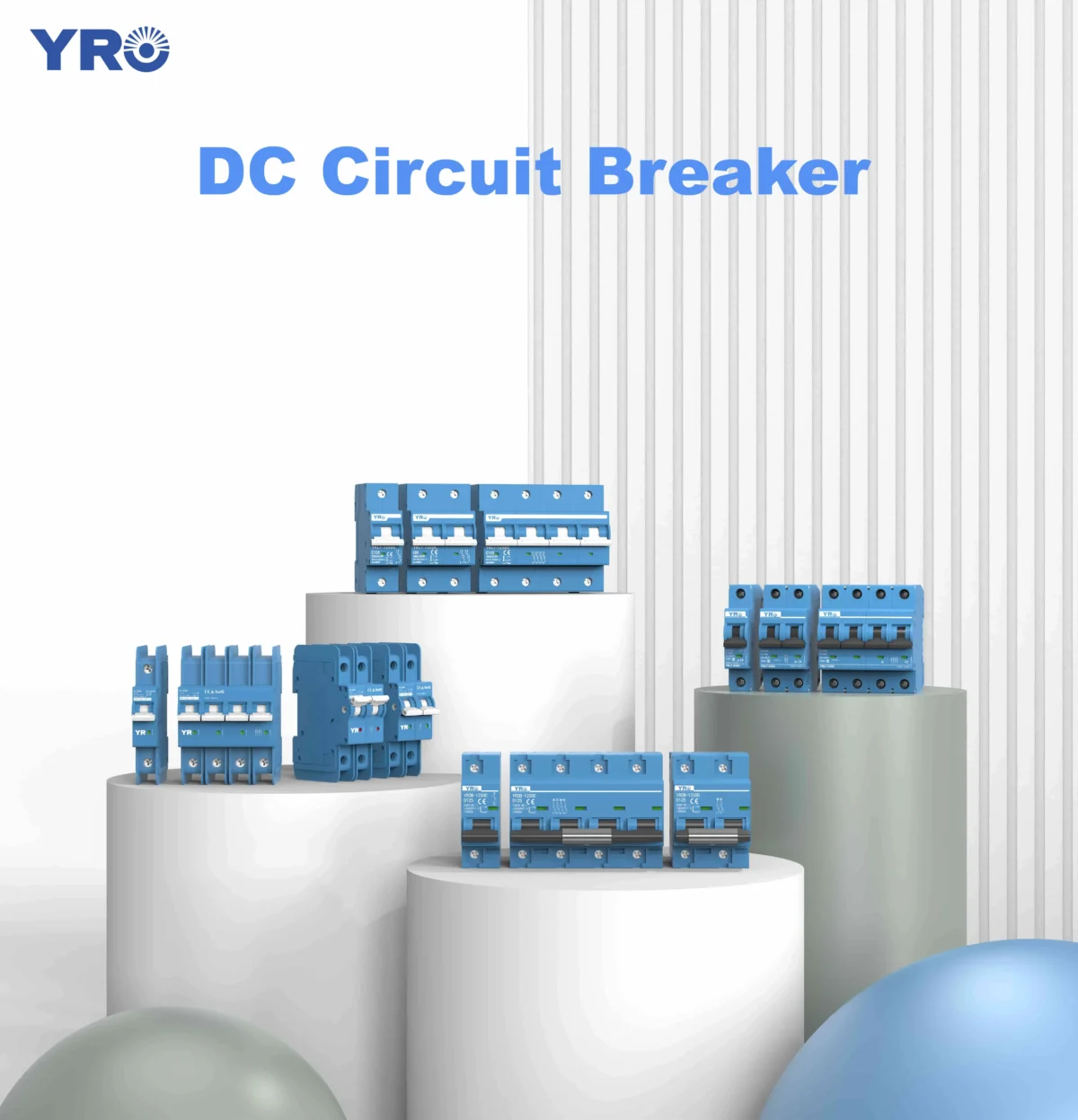
How to Prevent Circuit Breaker Tripping?
The measures to prevent circuit breaker tripping mainly include the following points
- Select the appropriate circuit breaker
Select a circuit breaker with a rated current that matches the designed capacity of the circuit to avoid a rated current that is too small or too large. High-quality brand circuit breakers have more stable performance and higher reliability. Just like the circuit breaker products produced by YRO, they have passed the EU CE safety certification standards.
- Allocate the load reasonably
Avoid overloading a single circuit, distribute electrical appliances across multiple circuits, and avoid using high-power devices simultaneously.
- Install a leakage protection device (GFCI)
Install leakage protection devices in high-risk areas such as kitchens and bathrooms to prevent ground faults and short circuits.
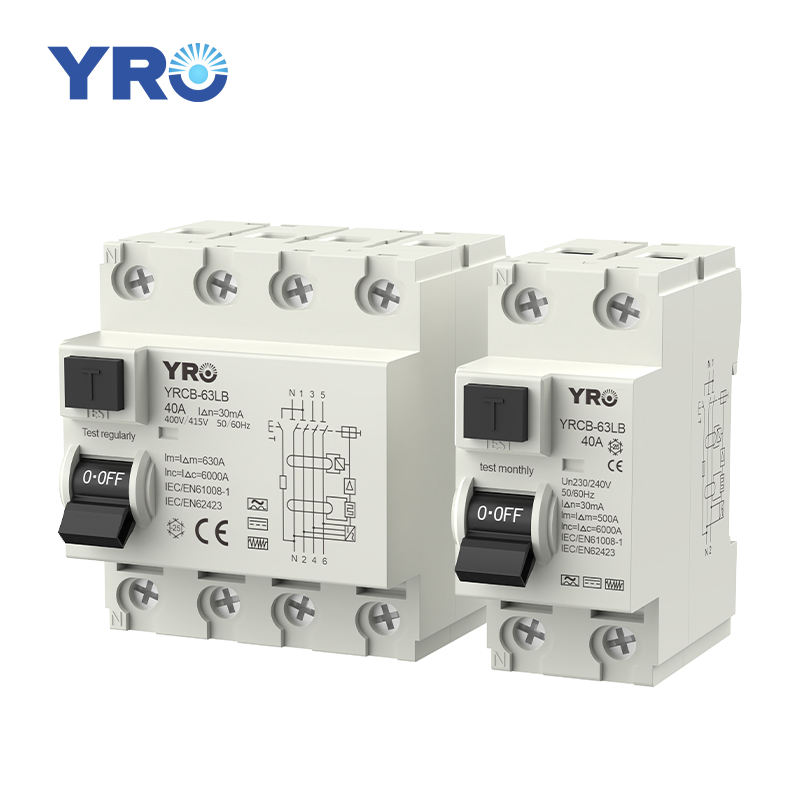 Regular inspection and maintenance
Regular inspection and maintenance
Regularly inspect circuit breakers, circuits and electrical equipment to promptly identify and repair potential issues (such as aging and poor contact).
- Use high-quality equipment
Select reliable electrical equipment and circuit breakers to reduce the possibility of faults.
- Avoid overloading and short circuits
Unplug unnecessary electrical appliances, avoid using high-power equipment for long periods of time, and check if the circuits are damaged or have poor contact.
- Professional maintenance
If the circuit breaker trips frequently or shows abnormalities (such as a burnt smell or flashing lights), a professional electrician should be invited to inspect and repair it.
Conclusion
Circuit breaker tripping caused by overcurrent or overvoltage is not just a nuisance; it is itself a necessary safety protection measure.
By recognizing early warning signs, taking preventive measures, and selecting reliable equipment, the stability of the electrical system can be maintained, and unnecessary losses can be avoided.
In both household and industrial settings, choosing products like YRO circuit breakers helps maintain long-term electrical safety.

